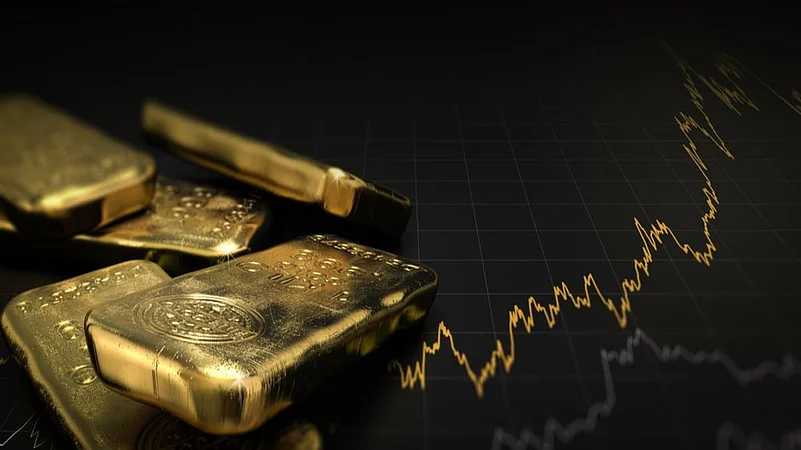Quick Summary
-
Citi forecasts gold to trade between $3,100–$3,500/oz in Q3 2025.
-
Gold may fall to $2,500–$2,700/oz by H2 2026 as investment demand weakens.
-
Bullish and bearish scenarios for gold carry only 20% probability each.
-
Citi expects silver to hit $40–$46/oz by Q3 2025 due to tight supply and strong demand.
Gold Expected to Hold Steady in Q3 2025
Citi expects gold prices to remain between $3,100 and $3,500 per ounce during the third quarter of 2025. The bank’s base case is supported by factors like geopolitical risks, potential changes in U.S. tariff policies, and concerns about the U.S. budget.
Potential Decline in Late 2025 and 2026
According to Citi, investment demand for gold may begin to weaken in late 2025 and throughout 2026.
The bank noted that the return of President Trump’s popularity and growth optimism in the U.S. could further pressure gold prices as the U.S. mid-term elections draw closer.
By the second half of 2026, gold prices could drop to around $2,500–$2,700 per ounce, Citi projected.
Bullish and Bearish Scenarios
In its bullish scenario, Citi believes gold prices could rise above $3,500 per ounce in Q3 2025, driven by stronger hedging and investment demand amid continued U.S. economic and geopolitical tensions.
In the bearish scenario, gold prices could fall below $3,000 per ounce. This would likely happen if tariff disputes are resolved, geopolitical risks ease, and the U.S. economy avoids a hard landing. However, emerging market central bank buying could limit how much prices drop.
Citi assigned only a 20% probability to both the bullish and bearish scenarios.
Silver Prices Expected to Rise
While gold faces a cautious outlook, Citi is more optimistic about silver.
The bank forecasts silver prices to rise to $40 per ounce within the next 6 to 12 months, supported by tight supply and strong demand.
In a bullish case, silver could reach $46 per ounce by the third quarter of 2025. This outcome would likely be driven by a swift resolution of the U.S.-China trade war and a more aggressive Federal Reserve stance.



















Leave a Reply